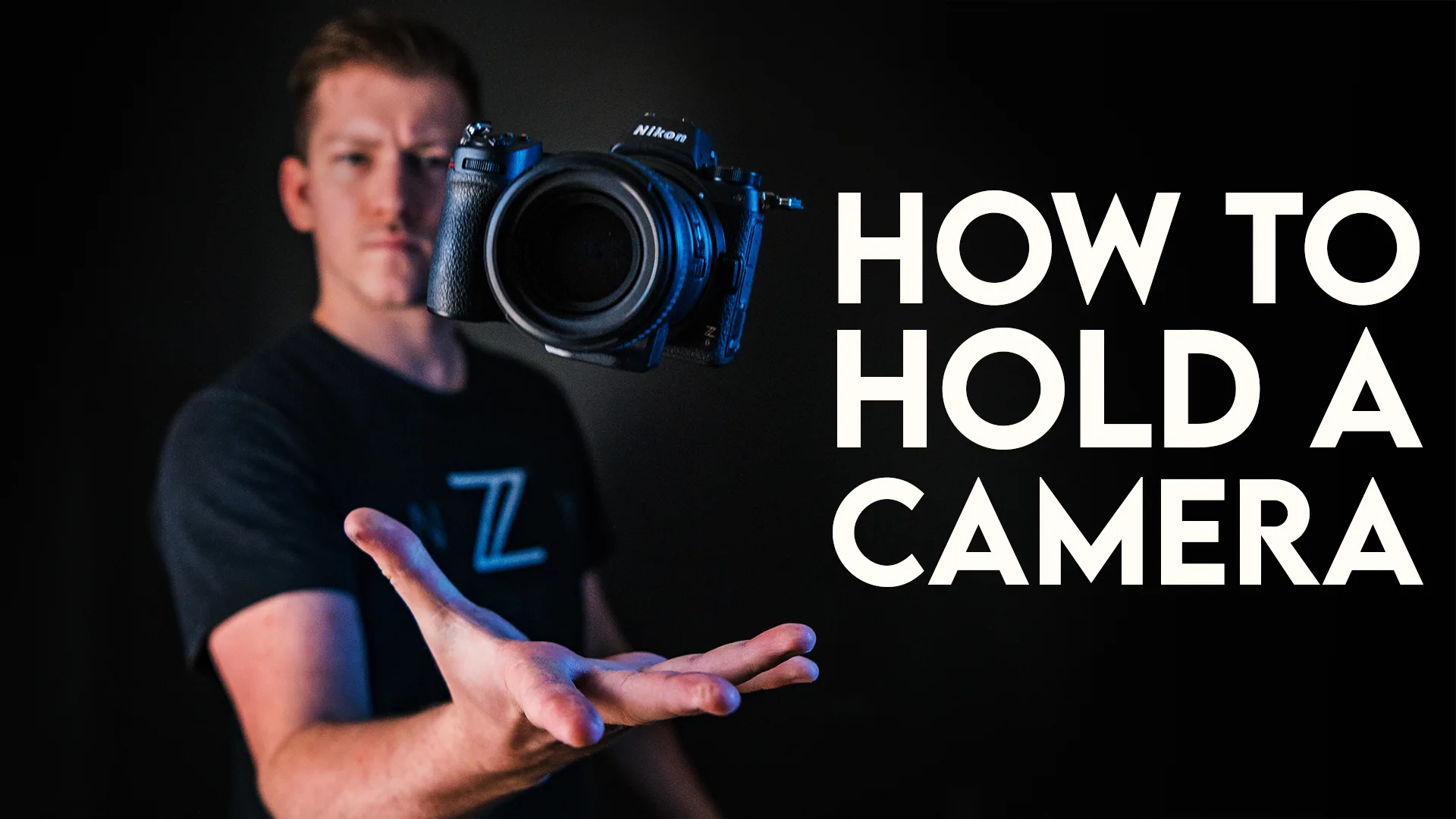Did you know, one of the MOST common mistakes I see when teaching Photography is improperly holding your camera? How you hold your camera is the quickest way for me to see if you know what you’re doing!
In the video below, I’ll share the RIGHT way to hold your camera. And yes, there is definitely a right way to hold your camera to take sharp photos.
One of the first questions I get asked by beginner photographers is: “How do I take sharper photos?” OR, “Why are my photos blurry?”
The answer, 90% of the time, is contributed to how you’re holding your camera. Without a solid, steady grip on your camera body, you’re introducing unnecessary camera shake (and blur) into your photos.
As a part of my Photography 101 series, there are a couple of techniques that i’ll be sharing with you, that will have you taking sharper images in no time!

To get started be sure that you’re firmly gripping the camera body with your right hand. With smaller cameras, such as mirrorless or point & shoot, you may find that your pinky falls off the bottom. This is okay — the key is to have a firm grasp and feel comfortable.
Next, we’ll take our left hand, and place it below the camera, cupping the lens. Your left hand should be placed as near as possible to the center of gravity of your camera and lens. With a small lens, like a 50mm, your hand will likely be touching the lens and camera body. With a telephoto lens, such as a 70-200mm, your hand will probably be further out, supporting the middle of the lens. To test the center of gravity, You should be able to remove your right hand without the camera falling forwards or backwards off of your left hand.
A critical technique for stable shooting is keeping the camera close to your body, as well as properly supporting it. To do this, tuck your elbows in towards your body. Nobody wants flapping Chicken Wings!

Keep your elbows as close to your body as possible, whether you’re shooting horizontally (landscape) or vertically (portrait).
Now, when you bring your camera up to your face, you’re essentially creating a sturdy human tripod! Keep the camera body pressed [comfortably] against your face to avoid unnecessary wobble.
Last but certainly not least, we need to discuss your stance. Everything discussed earlier is moot if you don’t have a solid stance. To start, spread your feet about shoulder-width apart. Move your left foot slightly forward. The heel of your left foot should be roughly inline with the toes of your right foot.
Pro Tip: Remember to bend your knees! I can’t stress this one enough. If you lock your knees, not only are you rigid and more likely to fall over, there’s a good chance you’ll pass out if you stand like that for too long.
Now you’re ready to start shooting sharp photographs! It’s all about practice, and the more you use proper camera-holding techniques, the quicker it will become a part of your muscle memory.
If you enjoyed this Video & Blog post or you know a new photographer, be sure to Share it with your friends!





Kudos This has been an extremely wonderful article. Many thanks for providing this information.
Thanks for reading Colas!